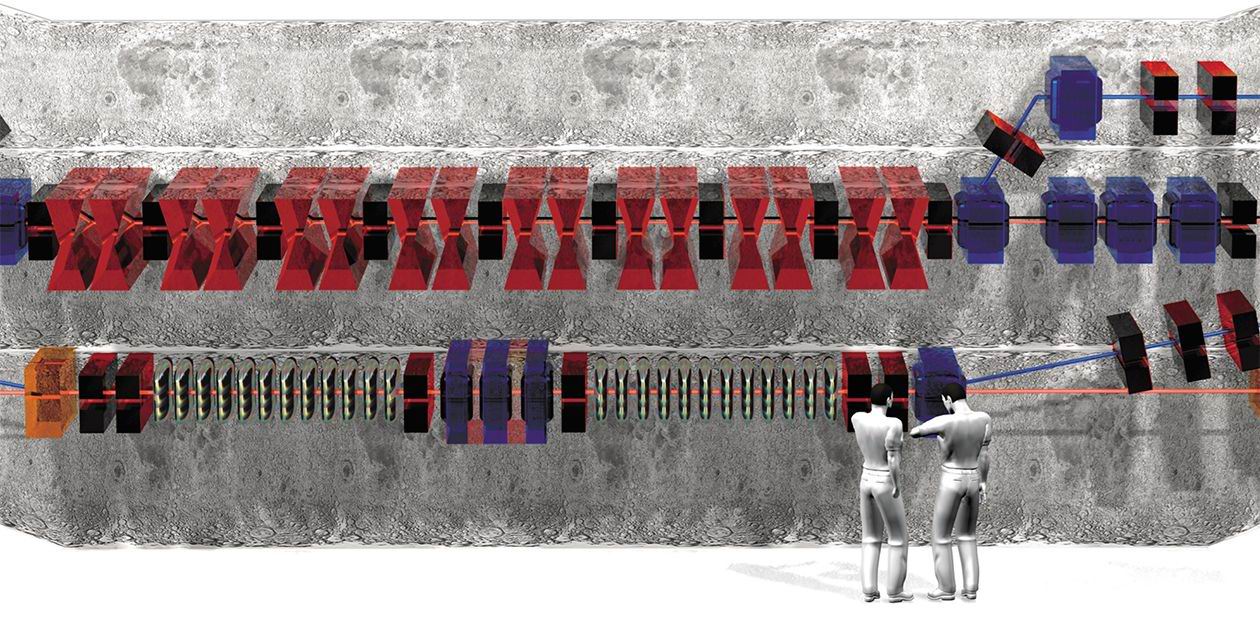Free-Electron Laser: Gentle and Precise
The resolution to create a Siberian multiaccess center of photochemical research and technologies on the basis of the Institute of Nuclear Physics and the Institute of Chemical Kinetics and Combustion (Novosibirsk) was signed 15 years ago, shortly before 1993. The so-called free electron laser (FEL) was to become the Center major facility designed for fundamental and applied investigations in physics, chemistry, biology, and medicine. The FEL work medium consists of electrons accelerated to relativistic velocities in a new-type accelerator developed at INP. The radiation wavelengths of such a laser can be smoothly tuned in a wide infrared region, from 2 to 200 µm.
Why is such a facility needed? Since the FEL radiation range covers the vibrational and rotational spectra of almost all existing molecules, the appearance of such a universal source of monochromatic radiation would enable selective action on any oscillations in any molecular systems. FEL can be used, for instance, for soft (i. e., not destroying the object) sublimation of biological substances to determine, with the help of mass spectrometry, the molecular mass and structure, separate organic molecules containing different isotopes, etc.
2003 Launch of FEL first stage
FEL has not only a scientific informational value but also a great technological potential in various applied fields, including biotechnology, medicine, nanotechnology, and production of ultrapure substances. For example, biological macromolecules that enter the aerosol phase without destruction under the action of submillimeter laser radiation can be ”captured” and fixed on various substrates. This is a direct way to the creation of microchips and miniature diagnostic devices for medical purposes.
The first stage of FEL with radiation from 120 to 235 µm started operation at the Center in April 2003, after ten long years of hard work, hopes, and disappointments… There are very few lasers in this so-called submillimeter frequency range, although it receives considerable attention of scientists in the whole world. And we are on the way to the creation of the second stage of FEL, whose radiation will cover the short-wave range.













